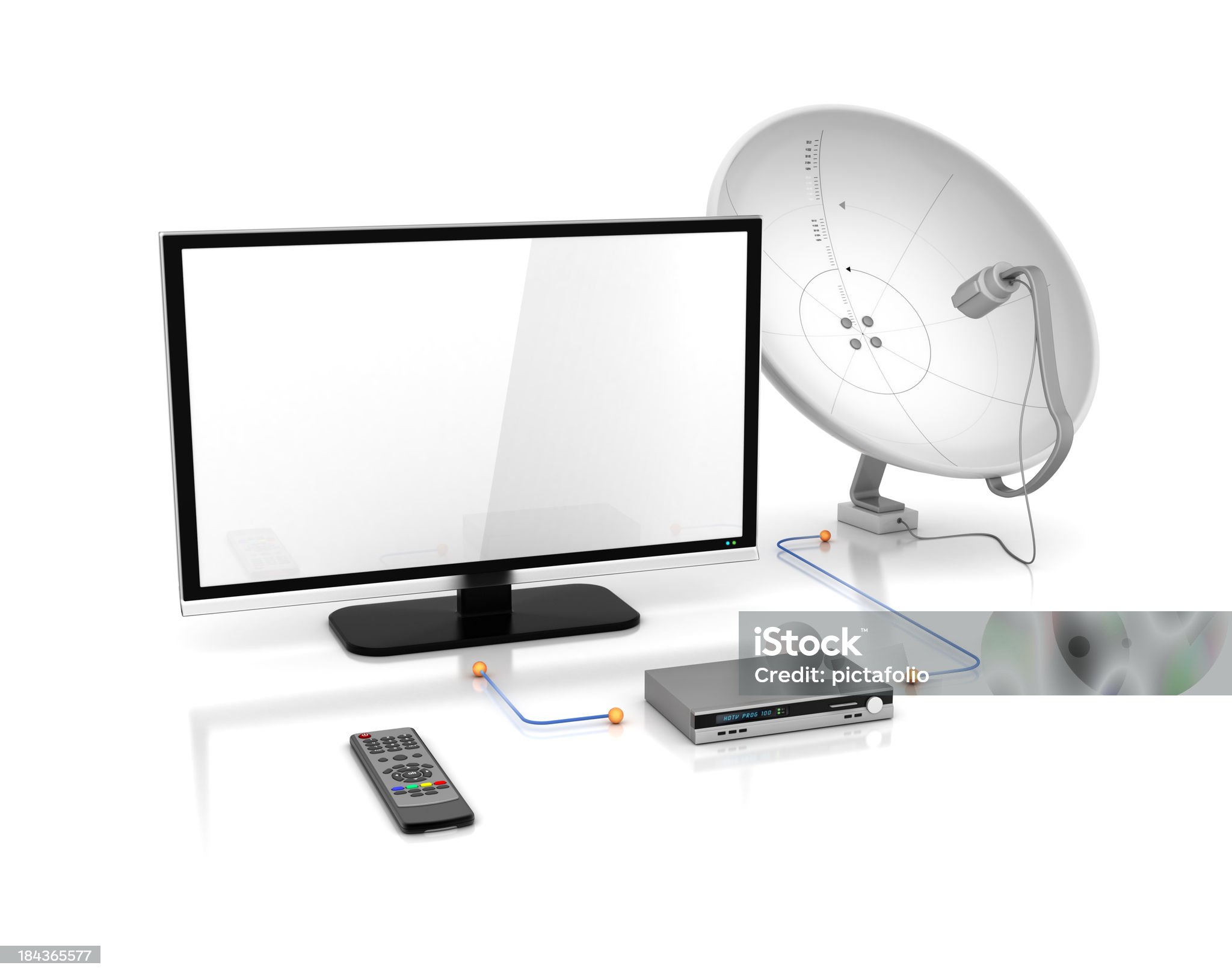How Cloud Computing is Revolutionizing IPTV in the United States and UK
1.Understanding IPTV

IPTV, or Internet Protocol Television, is becoming progressively more influential within the media industry. Unlike traditional TV broadcasting methods that use costly and primarily proprietary broadcasting technologies, IPTV is delivered over broadband networks by using the same Internet Protocol (IP) that supports millions of home computers on the modern Internet. The concept that the same shift towards on-demand services is anticipated for the multiscreen world of TV viewing has already grabbed the attention of key players in the technology convergence and future potential.
Consumers have now started to watch TV programs and other media content in varied environments and on a variety of devices such as mobile phones, computers, laptops, PDAs, and other similar devices, in addition to traditional TV sets. IPTV is still relatively new as a service. It is expanding rapidly, and different commercial approaches are emerging that may help support growth.
Some argue that economical content creation will probably be the first area of content development to dominate compact displays and explore long-tail strategies. Operating on the commercial end of the TV broadcasting pipeline, the current state of IPTV services and infrastructure, nevertheless, has several clear advantages over its cable and satellite competitors. They include high-definition TV, on-demand viewing, personal digital video recorders, audio integration, web content, and instant professional customer support via alternate wireless communication paths such as cell phones, PDAs, satellite phones, etc.
For IPTV hosting to operate effectively, however, the networking edge devices, the central switch, and the IPTV server consisting of video encoders and server blade assemblies have to collaborate seamlessly. Multiple regional and national hosting facilities must be entirely fail-safe or else the stream quality falters, shows seem to get lost and don’t get recorded, chats stop, the picture on the TV screen is lost, the sound becomes discontinuous, and the shows and services will not work well.
This text will address the competitive environment for IPTV services in the U.K. and the US. Through such a detailed comparison, a series of meaningful public policy considerations across various critical topics can be uncovered.
2.Legal and Policy Structures in the UK and US Media Sectors

According to legal principles and associated scholarly discussions, the regulatory strategy adopted and the policy specifics depend on how the market is perceived. The regulation of media involves competition policy, media ownership and control, consumer protection, and the defense of sensitive demographics.
Therefore, if the goal is to manage the market, we have to understand what characterizes media sectors. Whether it is about ownership restrictions, market competition assessments, consumer protection, or children’s related media, the regulator has to possess insight into these areas; which content markets are seeing significant growth, where we have market rivalry, vertical consolidation, and ownership crossing media sectors, and which sectors are lagging in competition and ready for innovative approaches of market players.
To summarize, the media market dynamics has always changed from the static to the dynamic, and only if we analyze regulatory actions can we predict future developments.
The growth of IPTV across regions normalizes us to its dissemination. By combining traditional television offerings with cutting-edge services such as interactive digital features, IPTV has the potential to be a significant element in boosting remote area viability. If so, will this be enough to prompt regulatory adjustments?
We have no proof that IPTV has an additional appeal to the people who do not subscribe to cable or DTH. However, certain ongoing trends have had the effect of putting a brake on IPTV growth – and it is these developments that have led to dampened forecasts about IPTV's future.
Meanwhile, the UK embraced a lenient regulatory approach and a forward-thinking collaboration with the industry.
3.Key Players and Market Share

In the UK, BT is the dominant provider in the UK IPTV market with a share of 1.18%, and YouView has a 2.8% share, which is the context of single and two-service bundles. BT is generally the leader in the UK according to market data, although it varies marginally over time across the 7–9% range.
In the United Kingdom, Virgin Media was the first to start IPTV using hybrid fiber-coaxial technology, with BT entering later. Netflix and Amazon Prime are the strongest OTT services in the UK IPTV market. Amazon has its own streaming device service called Amazon Fire TV, akin to Roku, and has just entered the UK. However, Netflix and Amazon are excluded from telco networks.
In the American market, AT&T is the top provider with a share of 17.31%, surpassing Verizon’s FiOS at 16.88 percent. However, considering only IPTV services over DSL, the leader is CenturyLink, followed by AT&T and Frontier, and Lumen.
Cable TV has the overwhelming share of the American market, with AT&T managing to attract 16.5 million IPTV customers, primarily through its U-verse service and DirecTV service, which also is active in Latin America. The US market is, therefore, segmented between the leading telecom providers offering IPTV services and emerging internet-based firms.
In Europe and North America, key providers use a converged service offering or a customer retention approach for the majority of their marketing, including three and four-service bundles. In the United States, AT&T, Verizon, and Lumen largely use infrastructure owned by them or legacy telecom systems to offer IPTV services, however on a lesser scale.
4.IPTV Content and Plans

There are variations in the programming choices in the British and American IPTV landscapes. The types of media offered includes live national or regional programming, on-demand programs and episodes, recorded programming, and exclusive productions like TV shows or movies exclusive to the platform that aren’t available for purchase or broadcasted beyond the service.
The UK services feature classic channel lineups akin to the UK cable platforms. They also offer mid-size packages that contain important paid channels. Content is categorized not just by taste, but by platform: terrestrial, satellite, Freeview, and BT Vision VOD.
The main differentiators for the IPTV market are the plan types in the form of static plans versus the more customizable channel-by-channel option. UK IPTV subscribers can select add-on subscription packages as their preferences evolve, while these channels come pre-bundled in the US, in line with a user’s initial fixed-term agreement.
Content collaborations highlight the different legal regimes for media markets in the US and UK. The era of condensed content timelines Secure IPTV Services and the evolving industry has major consequences, the most direct being the business standing of the UK’s primary IPTV operator.
Although a late entrant to the crowded and competitive UK TV sector, Setanta is positioned to gain significant traction through its innovative image and securing top-tier international rights. The strength of the brands goes a long way, paired with a product that has a competitive price point and provides the influential UK club football fans with an appealing supplementary option.
5.Future of IPTV and Tech Evolution

5G networks, in conjunction with millions of IoT devices, have transformed IPTV transformation with the integration of AI and machine learning. Cloud computing is greatly enhancing AI systems to enable advanced features. Proprietary AI recommendation systems are increasingly being implemented by streaming services to capture audience interest with their own distinctive features. The video industry has been transformed with a modernized approach.
A larger video bitrate, by increasing resolution and frame rate, has been a primary focus in enhancing viewer engagement and attracting subscribers. The advancements in recent years stemmed from new standards developed by industry stakeholders.
Several proprietary software stacks with a reduced complexity are close to deployment. Rather than pushing for new features, such software stacks would allow streaming platforms to prioritize system efficiency to further improve customer satisfaction. This paradigm, reminiscent of prior strategies, hinged on customer perception and their desire to see value for their money.
In the near future, as rapid tech uptake creates a balanced competitive environment in audience engagement and industry growth levels out, we predict a service-lean technology market scenario to keep senior demographics interested.
We emphasize two primary considerations below for the two major IPTV markets.
1. All the major stakeholders may contribute to the next phase in viewer interaction by turning passive content into interactive, immersive content.
2. We see VR and AR as the key drivers behind the growth trajectories for these fields.
The ever-evolving consumer psychology puts information at the center stage for every stakeholder. Legal boundaries would restrict unrestricted availability to user information; hence, data privacy and protection laws would likely resist new technologies that may compromise user safety. However, the present streaming landscape indicates a different trend.
The cybersecurity index is currently extremely low. Technological leaps and bounds have made cyber breaches more remote than physical intervention, thereby benefiting cybercriminals at a larger scale than traditional thieves.
With the advent of hub-based technology, demand for IPTV has been on the rise. Depending on viewer habits, these developments in technology are going to change the face of IPTV.
References:Bae, H. W. and Kim, D. H. "A Study of Factors affecting subscription to IPTV Service." JBE (2023). kibme.org
Baea, H. W. and Kima, D. H. "A Study about Moderating Effect of Age on The IPTV Service Subscription Intention." JBE (2024). kibme.org
Cho, T., Cho, T., and Zhang, H. "The Relationship between the Service Quality of IPTV Home Training and Consumers' Exercise Satisfaction and Continuous Use during the COVID-19 Pandemic." Businesses (2023). mdpi.com